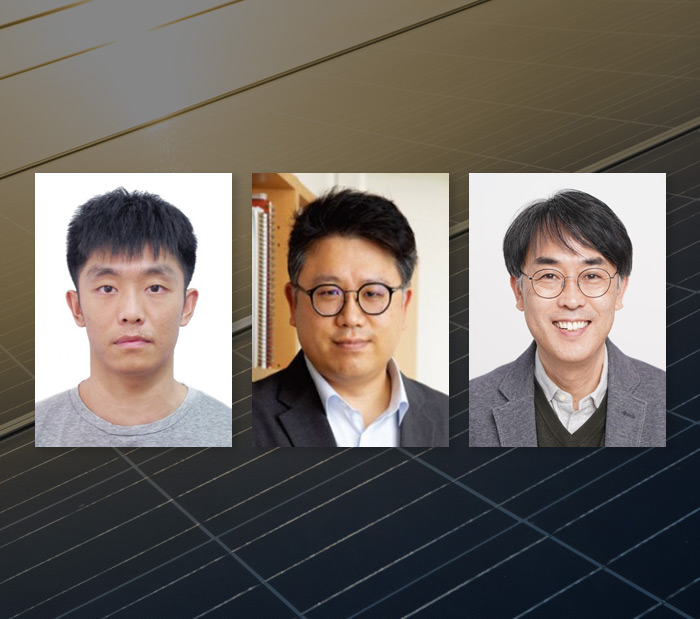Research Stories
Discovery of Photovoltaically Top-performing Perovskite Crystal Facets
Proposal of high-efficiency solar cell development
Chemical Engineering
Prof.
PARK, NAM-GYU
Prof. Nam-Gyu Park (Department of Chemical Engineering) and his coworkers Dr. Chunqing Ma, Prof. Seok Jun Kwon, and Prof. Cheol-Woong Yang discovered photovoltaically top-performing perovskite crystal facets.
Presently, the non-uniformly crystallization of the perovskite thin film is still a major constraint for high-performance and stable perovskite devices, resulting in high defect density, complex surface morphology, and so forth. More importantly, the rough morphology of perovskite thin film hinders the study of the facet properties, which is considered a crucial factor for interface property and device performance. Therefore, the effective preparation of perovskite thin films containing single crystals with well-defined facets is extremely urgent for the enhancement of perovskite device performances and the understanding of the facet properties.
The achieved perovskite single crystal-assembled thin film in this work can significantly reduce the defect density induced by the non-uniformly crystallization, leading to a stable perovskite solar cell with a PCE of 24.64%. The well-defined facets on the thin film also provide a platform for the study of facet heterogeneity, which directly proves the photovoltaically top-performing (100) and (111) facets.
Discovering the top-performing facets of perovskite crystals holds the secret to highly efficient perovskite solar cells (PSCs). Yet, the dominant facet properties of perovskite (i.e. (100), (110), (111) facets) remain elusive because perovskite grains typically exhibit randomly oriented domains and buried facets. Here, we demonstrate that exquisite control of the perovskite film formation enables perovskite polyhedral single crystals with well-defined facets and thereby provides a platform for the subsequent study of facet heterogeneity. Three dominated facets of (100), (111), and (110) on the perovskite film are studied experimentally and theoretically. It is found that facets with variant densities and symmetries of atoms govern the perovskite surface chemical and electronic environment and generate significant effects on the carrier dynamic, optoelectronic properties, as well as photovoltaic performance. Carrier mobility and photocurrent of the (100) crystal facet are almost comparable to those of the (111) facets, which is much higher than those of the (110) one. With the perovskite single crystal assembled thin film, the PSC achieves a quasi-steady-state (QSS) efficiency of 24.64% with improved stability to light. Our work not only suggests a strategy for designing single crystals assembled perovskite film, but also provides a deep understanding of the optoelectronic properties of halide perovskite facets.
[Figure] (Top) Schematic cubic crystal structure and SEM images showing crystal facets.
(Bottom) Photocurrent depending on crystal facets and stability of perovskite solar cell depending on crystal facets of the perovskite films
※ Paper Title : Photovoltaically top-performing perovskite crystal facets


